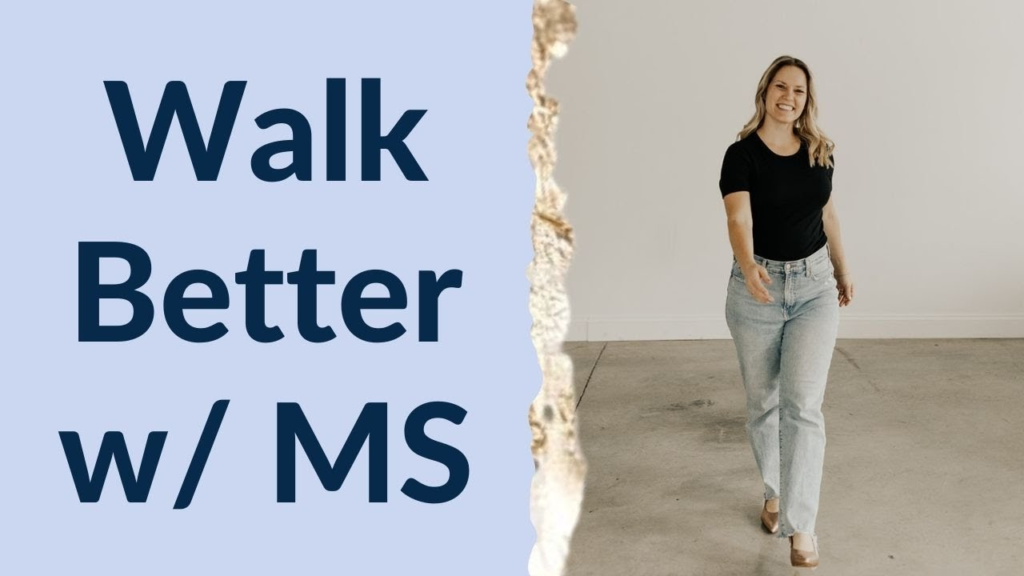Just four minutes of vigorous daily physical activity significantly lowers the risk of heart attacks and heart failure in middle-aged women.
Woman walking upstairs Credit Shutterstock
Research from the University of Sydney reveals that an average of just four minutes of incidental vigorous physical activity each day could nearly reduce the risk of major cardiovascular events, such as heart attacks, by half for middle-aged women who do not participate in structured exercise.
“A study led by Professor Emmanuel Stamatakis, Director of the Mackenzie Wearable Hub at the Charles Perkins Centre and the Faculty of Medicine and Health, found that engaging in at least 1.5 minutes to an average of 4 minutes of vigorous physical activity each day—completed in short bursts of up to 1 minute—was linked to improved cardiovascular health outcomes in middle-aged women who do not participate in structured exercise.”
High-intensity physical activity incorporated into a daily routine is “vigorous intermittent lifestyle physical activity” (VILPA). Longer sessions of VILPA are associated with a significantly lower risk of cardiovascular disease. Researchers suggest that since less than 20 per cent of middle-aged and older adults participate in regular structured exercise, engaging in VILPA could be a beneficial alternative.
“Adopting short bursts of vigorous physical activity as a regular habit could be a beneficial option for women who may not enjoy structured exercise or are unable to engage in it for various reasons. To start, this can be as simple as incorporating a few minutes of activities throughout the day such as climbing stairs, carrying groceries, walking uphill, playing tag with a child or pet, or engaging in power walking,” said Professor Stamatakis.
The study analyzed data from 22,368 participants, consisting of 13,018 women and 9,350 men aged 40 to 79, who reported not engaging in regular structured exercise. This data was collected from the UK Biobank, where participants wore physical activity trackers nearly 24 hours a day for a week, between 2013 and 2015.
Cardiovascular health was monitored through hospital and mortality records, tracking major adverse cardiovascular events (MACE), such as heart attack, stroke, and heart failure, until November 2022.
After accounting for factors such as lifestyle, socioeconomic status, cardiovascular health, co-existing conditions, and ethnicity, the researchers found that women who engaged in more vigorous intermittent lifestyle physical activity (VILPA) had a lower risk of experiencing major cardiovascular events. Specifically, women who averaged just 3.4 minutes of VILPA daily were 45 percent less likely to encounter a major cardiovascular event. Additionally, they were 51 per cent less likely to suffer a heart attack and 67 per cent less likely to develop heart failure compared to women who did not engage in any VILPA.
Even when daily VILPA levels were lower than 3.4 minutes, they were still linked to lower cardiovascular event risk. A minimum of 1.2 to 1.6 minutes of VILPA per day was associated with a 30 per cent lower risk of total major cardiovascular events, a 33 per cent lower risk of heart attack, and a 40 per cent lower risk of heart failure.
However, men reaped fewer benefits from tiny bursts of VILPA. Those who averaged 5.6 minutes daily were only 16 per cent less likely to experience a major cardiovascular event compared with men who did none. A minimum of 2.3 minutes per day was associated with only an 11 per cent risk reduction.
Professor Stamatakis said more testing was needed to understand how VILPA may improve cardiovascular health.
“To date, it hasn’t been clear whether short bursts of VILPA lower the risk of specific types of cardiovascular events, like heart attack or stroke. We aimed to identify minimum daily thresholds and feasible amounts for testing in community programs and future trials,” he said.
“Importantly, the beneficial associations we observed were in women who committed to short bursts of VILPA almost daily. This highlights the importance of habit formation, which is not always easy. VILPA should not be seen as a quick fix—there are no magic bullets for health. But our results show that even a little bit higher intensity activity can help and might be just the thing to help people develop a regular physical activity – or even exercise – habit,” he said.


